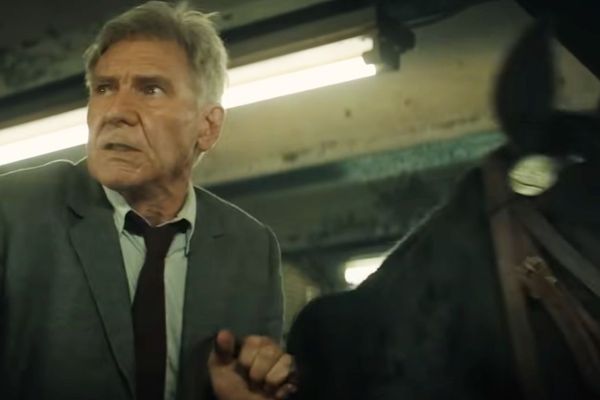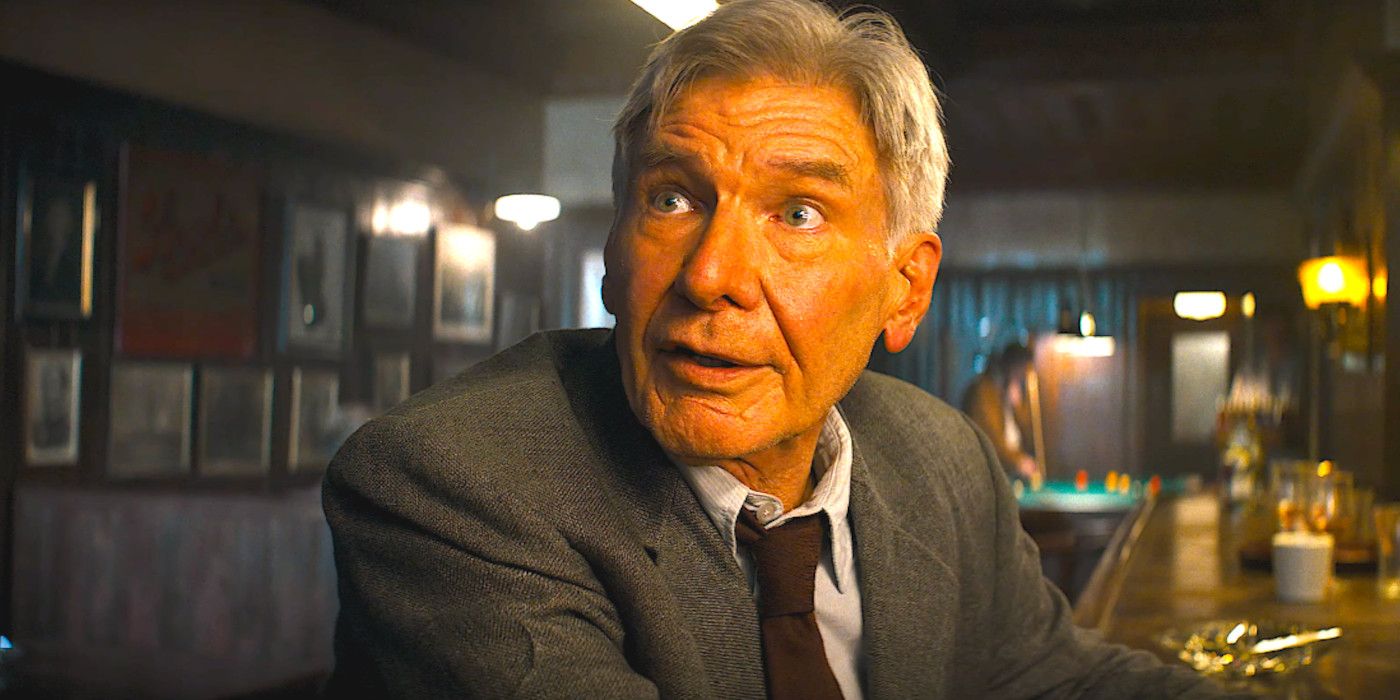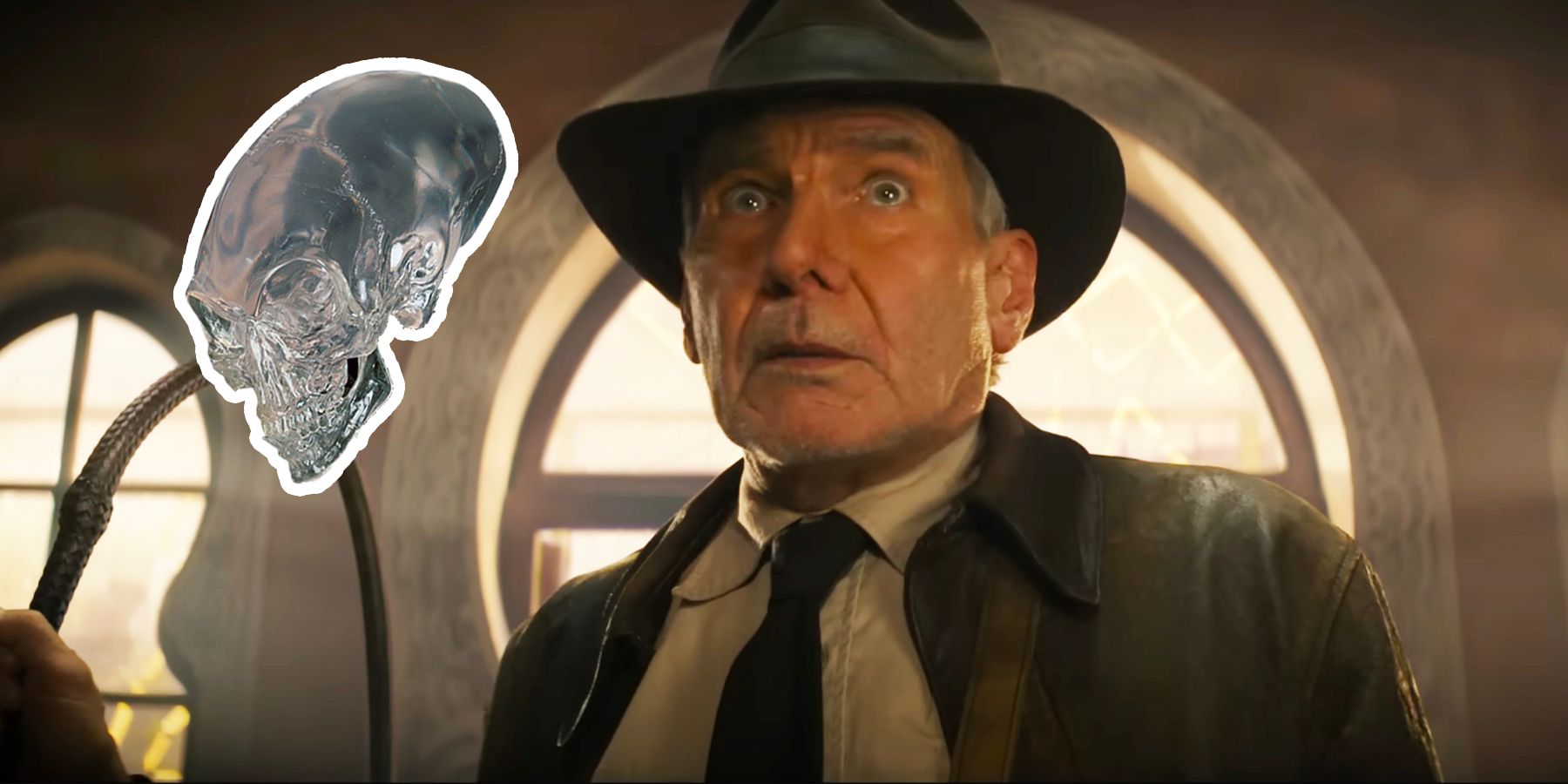
Indiana Jones 5 Director Defends Movie's Ending with a Reference to Star Wars' Death Star Problem

Director James Mangold candidly discusses the ending of Indiana Jones 5, defending the decision to introduce time travel and explaining how he wanted to distinguish his movie from previous films in the series.
The Controversial Ending
Indiana Jones 5 director James Mangold candidly discusses the movie's ending with a reference to Star Wars’ Death Star problem. Over forty years after Raiders of the Lost Ark introduced its iconic lead character to audiences, Indiana Jones was back in theaters for a new swashbuckling adventure in 2023. Harrison Ford proved he could still wear the fedora of thrill-seeking archaeologist Indy at the age of 81, but the movie’s real surprise came in its final act, when the true nature of the titular Dial of Destiny was revealed, sending Indy on his most shocking – and arguably schlocky – adventure ever.
Indiana Jones (Harrison Ford) in ancient Sicily during the Siege of Syracuse in Indiana Jones and the Dial of Destiny
Indiana Jones and the Dial of Destiny’s ending has indeed proven divisive, but in a new interview, director Mangold defends the decision to introduce time travel into the Indy universe, explaining how he wanted to distinguish his movie from previous films in the series, while avoiding the sense of sameness that plagued the Star Wars franchise. Check out his remarks below (via Gizmodo):
“When I came on the movie, they had been playing with a bunch of different things which were basically just reduxes of what had happened in the first movie Just more apparitions and ghosts and I felt like I was just watching the first movie over again when I envisioned what was in the existing scripts. And I felt like what Steven [Spielberg] and George [Lucas] and Larry Kasdan and David Koepp as well had done successfully in the other films, was to keep kind of pulling up a rock on a different aspect of history and metaphysics and not going back to the same thing. In a way I didn’t want to do the kind of ‘Is it a Death Star again?’”
“As we got there, it started occurring to me that a) that’s what the audience is going to be anticipating, and therefore not very surprising to them, and b) we’d be plunged just back into the opening of the film only with a 79-year-old Indy running around. I felt we needed something more shocking, something bolder, and something that also affected Indy. If he had gone back to Nazi Germany, he would simply be a hero trying to stop Voller from doing his plan. If he ended up where he does end up in the film, he was going to be facing bigger questions about his own life and what he studied all his life. And I thought that was going to be more interesting. And also, usually bolder is better if you can do it.”
Dial of Destiny’s Big-Swing Ending Was The Right Call (Even If It’s Too Silly)
After Indy’s quest to get his hands on the ancient artifact known as the Dial of Destiny, he finds himself on a World War 2-era bomber with the film’s villain Voller (Mads Mikkelsen), plunging through a time portal that will presumably send them back to Nazi Germany to fulfill Voller’s plan to change history. But instead of reaching their intended destination, the time travelers are sent all the way back to ancient times, to the 213-212 BCE Siege of Syracuse, where Indy comes face-to-face with the Dial of Destiny’s inventor, the great mathematician Archimedes.
The Indiana Jones series is no stranger to big, action-packed climaxes, and is also no stranger to flirting with ridiculousness in delivering its swashbuckling thrills. It can be argued that the ending of Dial of Destiny, with its insane time travel element, crosses the line from ridiculous to schlocky, plunging the Indiana Jones series to an unforgivable level of silliness. But Mangold makes solid points about avoiding simply repeating the earlier movies, and was right to avoid the dreaded Star Wars Death Star problem, in which the same threats are brought back over-and-over again, leading to a sense of staleness.
Indiana Jones and the Dial of Destiny hit Disney+ on December 1.
The Final Stanza
The final stanza of Indiana Jones 5 may indeed be absurd, but it is also like nothing ever seen in the series before, and is memorable precisely because it is such a big swing. Mangold may not have exactly dialed in the tone needed to stick the landing in his Indiana Jones entry, but in conception, his over-the-top finish was the right call.














